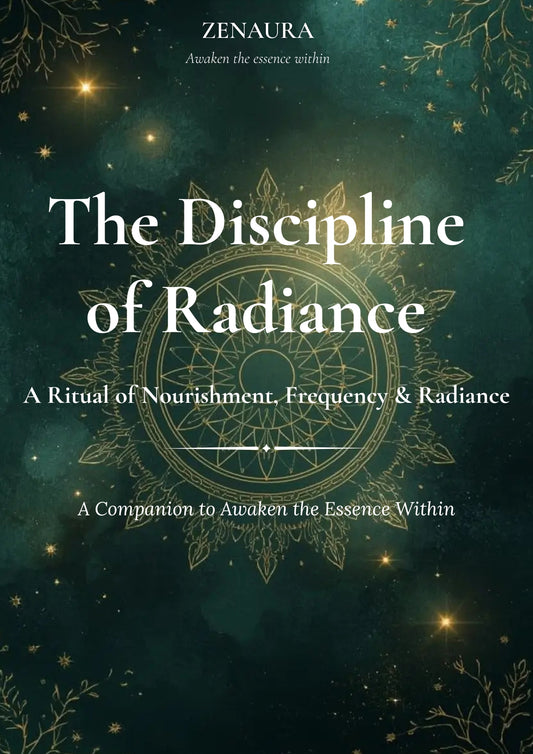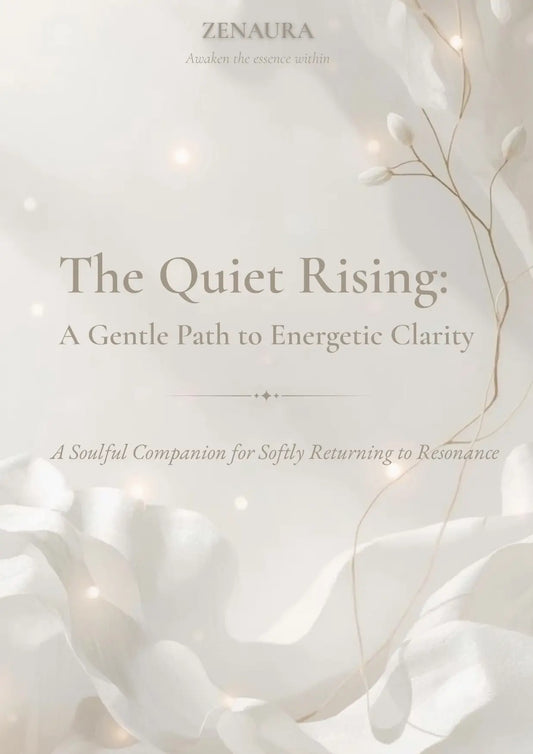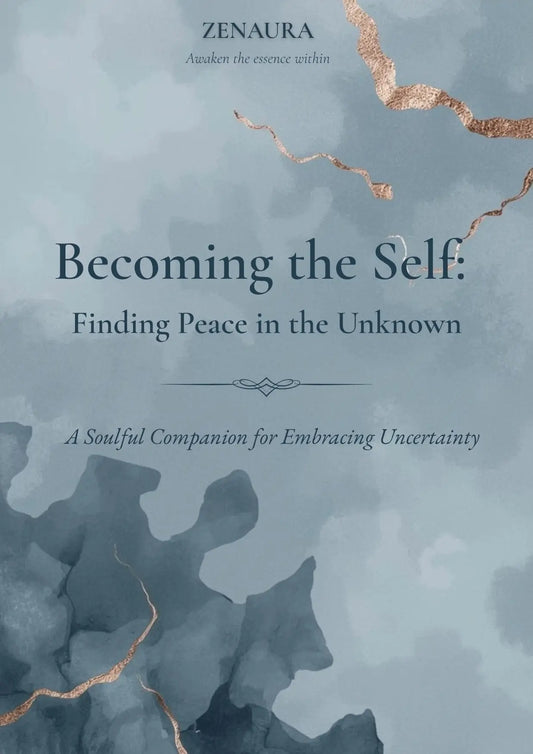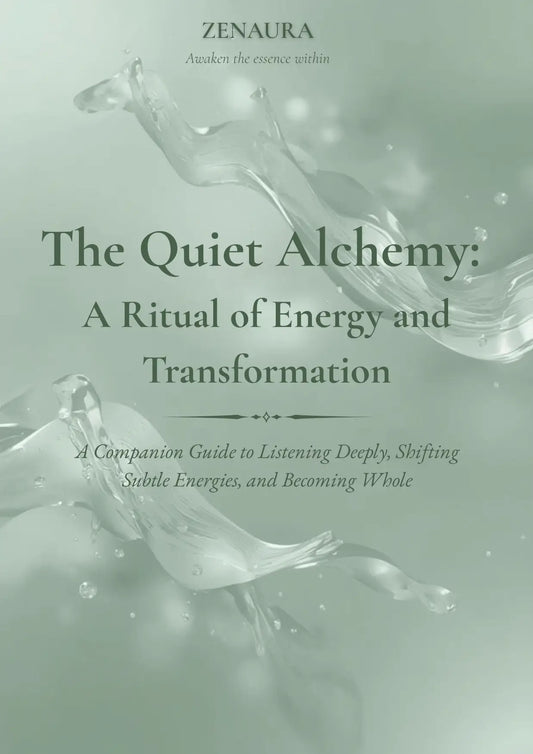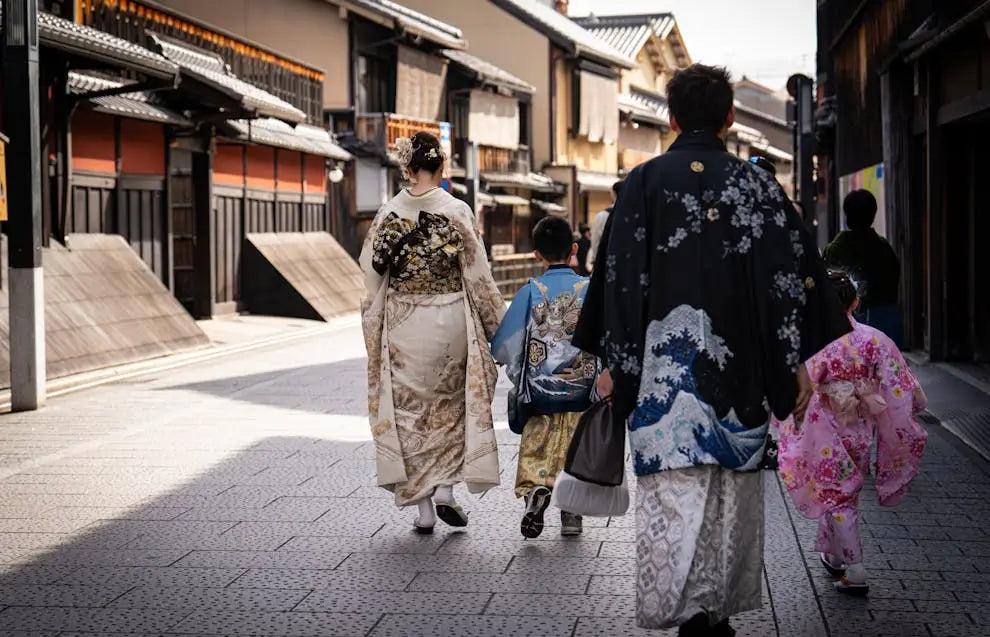
Social Psychology: Understanding Human Behaviour in Social Context
Human actions unfold within the quiet rhythms of social life. Each choice, glance, or gesture carries traces of connection. The presence of others, even when unnoticed, shapes perception, response, and understanding. How people engage and interact reveals the underlying patterns of social psychology and human influence.
Even the smallest moments shape perception, emotion, and interaction. A pause before speaking, a nod in agreement, or a hesitation to voice dissent all reflect the subtle interplay of social influence. Thought, feeling, and action continuously adjust in relation to others, shifting with context and circumstance. Even minor gestures ripple outward, leaving impressions that quietly inform perception, emotion, and connection.
Early Bonds and Attachment: How Upbringing Shapes Social Connection
The first relationships quietly shape the architecture of the heart and mind. The steadiness of care, the warmth of attention, or the unpredictability of presence leaves traces that ripple through thought, emotion, and connection well into adulthood. These early experiences influence how people sense others, move through social spaces, and respond to the subtle currents of interaction. Their impact is woven into the rhythms of daily life, often unnoticed, yet deeply felt in every glance, gesture, and pause.
Secure Attachment
When care is consistent and reliable, trust forms quietly, like an unshakable foundation beneath each interaction. Those shaped by this pattern move through social spaces with ease, their presence calm and measured. Relationships unfold naturally, gestures and words flowing without strain, and connection comes without fear. Engagement with others feels effortless and nourishing, as if each interaction carries an unspoken assurance of safety and understanding.
Anxious Attachment
Where care was inconsistent, vigilance settles quietly into the way people move through the world. Every glance, pause, or tone of voice is observed and felt with heightened sensitivity. Those shaped by this pattern often seek reassurance, adjusting words, gestures, and presence to the rhythms of others. Belonging becomes both anchor and compass, and choices may bend subtly to preserve it, carrying the echo of early uncertainty into each interaction. Connection is deeply desired, yet shadowed by the quiet tension of doubt and anticipation.
Avoidant Attachment
When early care felt distant, self-reliance becomes a quiet companion. Connection is approached with caution, intimacy held lightly, and interactions measured. Those shaped by this pattern observe attentively, acting with discretion and thoughtfulness. Engagement unfolds on deliberate terms, balancing the desire for connection with the comfort and security of independence. In this careful navigation, relationships are approached with both awareness and restraint, revealing a rhythm of interaction shaped by early experience.
Disorganised Attachment
When care was unpredictable or frightening, connection becomes both desired and uncertain. Interaction shifts between reaching out and pulling back, trust and hesitation, creating a subtle tension in relationships. Every choice carries a quiet negotiation between the wish to belong and the instinct to protect. Unlike Avoidant Attachment, which leans toward consistent self-reliance, Disorganised patterns feel unpredictable, with responses swinging between closeness and withdrawal.
Those shaped by this pattern navigate relationships with heightened sensitivity, sensing both opportunity and risk. Early experiences leave an enduring imprint, shaping how relationships are felt, how gestures are interpreted, and how connection unfolds. These patterns ripple through life, influencing the ways people seek, maintain, and respond to social bonds.
The Pull of Belonging: Social Influence and Conformity in Everyday Life
Belonging is an intrinsic part of human nature, shaping the way people speak, gesture, and respond, often without conscious thought. Peer belonging is felt in subtle adjustments—a softened voice, a careful nod, or a pause before speaking.
Within groups, opinions naturally align. A lone voice may hesitate, ease into the rhythm, or follow the flow of others. These gentle harmonies foster trust and cooperation, smoothing interaction, while also carrying an undercurrent of tension when inner thoughts diverge from outward expression.
This tension is a quiet negotiation. Decisions may bend toward harmony, and actions are often later reframed to preserve both connection and inner coherence. A choice once doubted may later feel meaningful; a gesture can be reinterpreted as caring or wise. Life unfolds in these small reconciliations, balancing social engagement with personal sense.
Belonging shapes the flow of interaction, guiding cooperation, trust, and shared rhythm without overt force. Its influence is subtle, felt more than seen, weaving constantly through the gestures and responses of everyday life. Observing these patterns illuminates the delicate balance between attunement to others and fidelity to inner truth, the quiet negotiation at the heart of human connection.
Cultural Forces: How Norms, Bias, and Expectations Shape Human Behaviour
Unspoken rules, customs, and expectations quietly shape how people perceive, respond, and interact. They influence who feels familiar, which gestures feel natural, and how trust and understanding are extended. These forces often go unnoticed, yet they guide choices and behaviour in subtle, persistent ways.
Cultural norms provide structure and alignment, offering comfort for those who conform, while quietly pressing those who differ. Loyalty, shared practices, and distinctions between insiders and outsiders guide how people relate and respond, often making deviation feel uncomfortable or risky. When actions or beliefs diverge from these expectations, they are frequently reconciled internally—decisions reframed as practical, appropriate, or aligned with shared norms—allowing harmony between personal sense and social alignment.
Even small cultural cues carry meaning. A glance, a tone of voice, or a gesture can signal respect, authority, or familiarity—but their interpretation varies across contexts. In some cultures, direct eye contact conveys attentiveness and respect, while in others it may be seen as challenging or disrespectful. These differences can also reveal unconscious biases: what feels natural in one context may be judged differently in another, subtly influencing perception, expectation, and response. Awareness of these nuances guides the flow of interaction, shaping connection and understanding in ways that feel effortless yet are deeply informed by cultural context.
Recognising these patterns opens space for empathy and attentiveness, creating a doorway toward deeper understanding of the threads that bind human connection.
|
As you notice the rhythms of connection around you, consider turning inward. Discover your Sacred Soul Map — a gentle guide to understanding the patterns within yourself and how they shape the way you relate, respond, and move through the world. |
Threads That Shape Human Connection: Understanding Social Influence
Human connection emerges from the interplay of early bonds, the pull of belonging, and the rhythms of culture. Trust, empathy, and attentiveness arise quietly from these intertwined threads, shaping how people relate, respond, and move through the world together.
Every gesture, pause, or glance carries echoes of past experiences, present context, and shared expectations. Noticing these patterns allows engagement to become more thoughtful, gentle, and responsive, attuned both to oneself and to others.
Connection is both felt and enacted. Understanding the subtle forces that shape social life reveals how thought, choice, and interaction flow together, balancing inner sense with the influence of those around. Early experiences, alignment with peers, and cultural rhythms quietly shape perception, decisions, and the ways engagement unfolds.
Life moves within this web of influence and expectation. The mind navigates, adapts, and sometimes resists, leaving impressions on the social world. Awareness of these patterns deepens understanding, fostering perception, empathy, and connection grounded in care, attentiveness, and subtle insight into the movements of human interaction.



